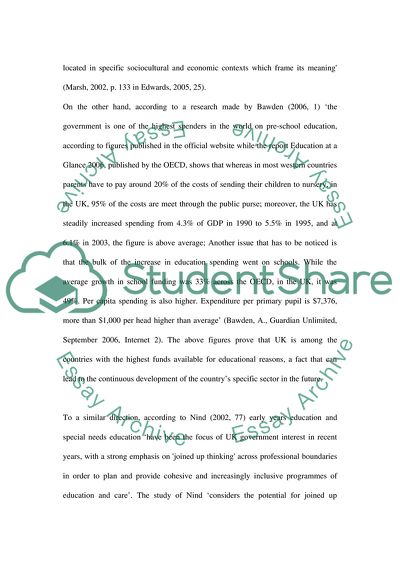Cite this document
(The Need and Effectiveness of Early Years Education in the UK Term Paper, n.d.)
The Need and Effectiveness of Early Years Education in the UK Term Paper. Retrieved from https://studentshare.org/education/1705210-the-need-and-effectiveness-of-early-years-education-in-the-uk
The Need and Effectiveness of Early Years Education in the UK Term Paper. Retrieved from https://studentshare.org/education/1705210-the-need-and-effectiveness-of-early-years-education-in-the-uk
(The Need and Effectiveness of Early Years Education in the UK Term Paper)
The Need and Effectiveness of Early Years Education in the UK Term Paper. https://studentshare.org/education/1705210-the-need-and-effectiveness-of-early-years-education-in-the-uk.
The Need and Effectiveness of Early Years Education in the UK Term Paper. https://studentshare.org/education/1705210-the-need-and-effectiveness-of-early-years-education-in-the-uk.
“The Need and Effectiveness of Early Years Education in the UK Term Paper”, n.d. https://studentshare.org/education/1705210-the-need-and-effectiveness-of-early-years-education-in-the-uk.


